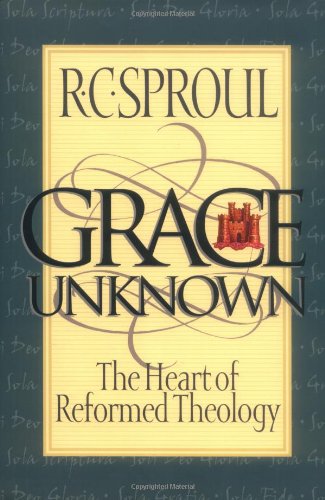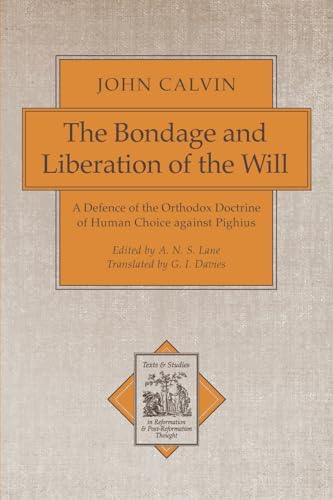Cities of the Biblical World
Written by LaMoine F. DeVries Reviewed By John J. BimsonThe author helpfully explains the aim and readership of his book in the Preface: it is ‘intended for beginning students’, and is designed ‘to introduce students of the Bible to the archaeology, geography, and history of several important sites of the OT and NT worlds’ (p. xv). The book is divided into OT (pp. 1–238) and NT (pp. 239–385) sections, each subdivided geographically. This arrangement means that Damascus, Jerusalem, Jericho and Samaria feature in both sections, with some repetition. The list of sites is not confined to ones mentioned in the Bible: it includes (e.g.) Ebla, Mari, Ugarit and Hattusas. A total of 49 ‘cities’ are dealt with, though the term is used loosely to include the tiny Iron Age village at et-Tell, Herod’s winter palace at Jericho, the fortress of Masada and the enigmatic settlement at Qumran. Each region also has its own introductory chapter.
The ‘city’ chapters generally give a history of the site as revealed by excavations, a summary of biblical references where appropriate, a discussion of significant archaeological finds, and a bibliography. For some sites we are also given a brief history of excavations, explaining who dug when, and their contribution to our knowledge of the place. The bibliographies contain works intended for the beginner; books listed are often introductory works and the most frequently cited journals are Biblical Archaeologist and Biblical Archaeology Review, but there are also references to works which will take readers a little further into the subject.
The text is always readable and helpful, but not always up-to-date. DeVries tends to give the opinion of a site’s original excavator without giving weight to subsequent modifications. For example, in the case of the Iron Age village at et-Tell (assumed to be Ai), we are given Callaway’s opinion that it was settled around 1220 bc, with a ‘wave of newcomers’ beginning a second phase of settlement around 1125 bc; this second phase is supposed to mark the arrival of the Israelites (Joshua 7–8). No mention is made of Finkelstein’s 1988 revision of this view; namely, that the village was not settled until c. 1150 bc (after centuries without any occupation of the site), and that there is no good reason to attribute the second phase to newcomers. Finkelstein’s discussion does appear in the bibliography, but there is no hint in DeVries’s text that Callaway’s dates have ever been questioned.
But the book’s greatest weakness is its illustrations—or lack of them. Apart from the maps there are only black-and-white photos. The distribution of these is patchy (e.g. three for Qumran; only one for NT Jerusalem—and mostly showing the city of David!), and they are often small, dark and uninformative. There are no plans or reconstructions (e.g. of the olive-oil complex at Ekron, or of the city gate at Lachish, or of the massive arched stairway leading to the Temple Mount in Herod’s Jerusalem, or of the simple houses of Capernaum), nothing, in short, to give us a feel for what it was like to be an inhabitant of these ancient cities. With the wealth of illustrative techniques now available, this is as a lost opportunity to be lamented.
John J. Bimson
Trinity College, Bristol







